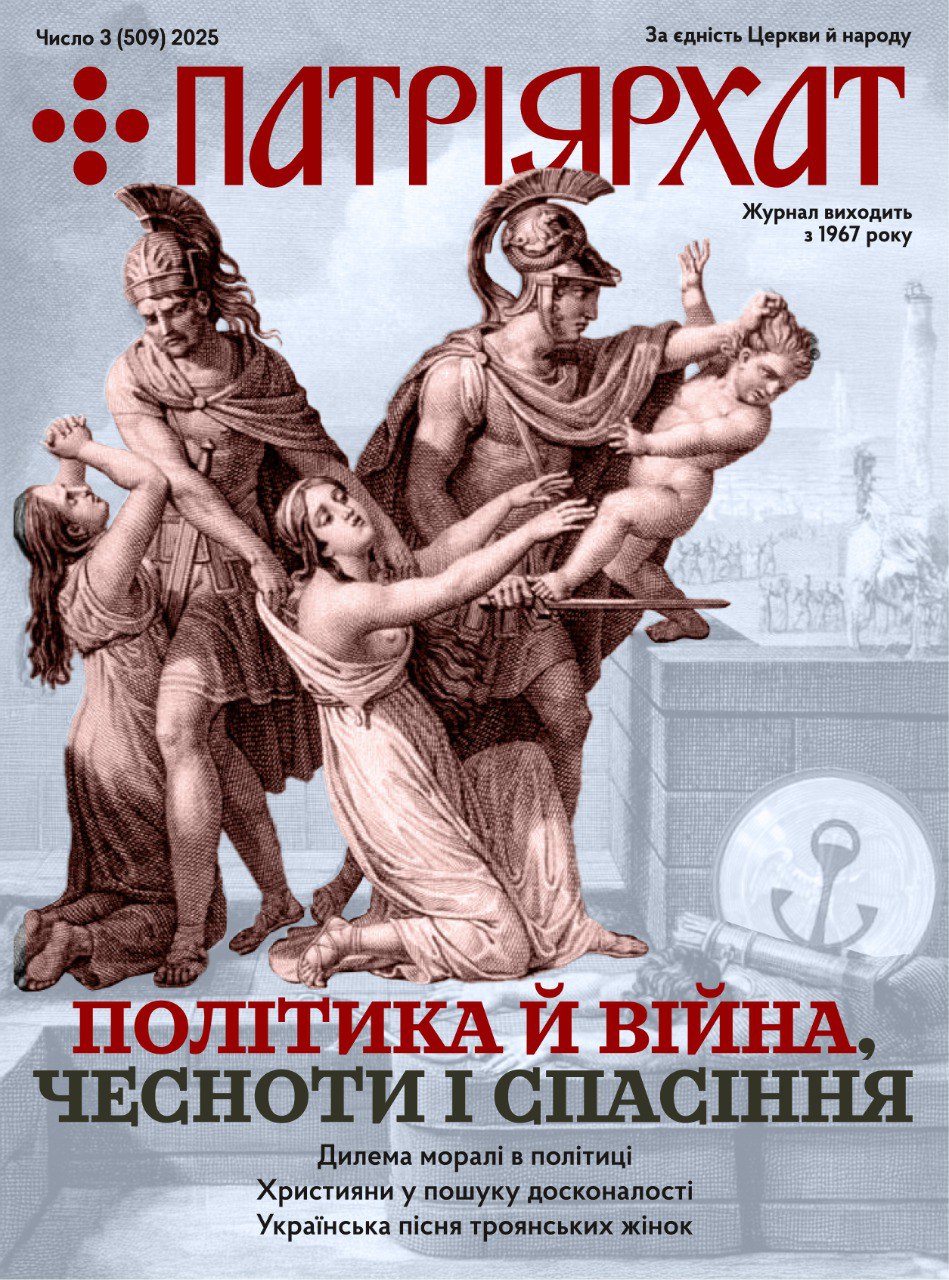In 1970 the Ivanovo-Frankovsk Department of Scientific Atheism of the Institute of Philosophy of the Ukrainian Academy of Sciences revealed that 29.6 per cent of those questioned in a survey said they believe in God. While Soviet statistics of this sort should be viewed with a certain skepticism, it is interesting to note that the figure given for this oblast in the western Ukraine is about 10 per cent higher than comparable Soviet data for the USSR as a whole. Naturally, belief in God does not constitute membership in an organized Church, and information couched in these terms is a best imprecise.
The last prewar census to be taken in Poland (1931) reveals that, at that time, almost 3,400,000 Greek Catholics were living in the country. These Greek Catholics, or Uniats as they are sometimes called, became part of the Soviet Union as a result Of .the annexation of large areas of Polish territory in 1939. In 1946 the Uniat Church was merged («reunited») with the Moscow Patriarchate of the Russian Orthodox Church, and all Uniate activities were banned. The Uniat Church has led a catacomb existence since that time, and the number of its members cannot be given with any certainty. That the Church continues to function is evident from numerous samizdat reports on trials of Catholic priests in the republic (the number of Uniat priests in the Ukraine has been put at 200 to 300 by one Western scholar). [76] The Soviet media frequently publish attacks on the Uniat Church, accusing it, among other things, of having supported Hitlerism.
No official figures for membership in the Russian Orthodox Church in the Ukraine (or anywhere else in the USSR) are available. In the republic there are two Metropolitans of the Moscow Patriarchate: Filaret of Kiev and Galicia, and Nikolai of L’vov and Ternopol’. Eighteen eparchies exist in the Ukraine; four of them are situated in western areas of the republic. (The Russian Orthodox Church has 63 eparchies in the Soviet Union.) Nine out of nineteen monasteries are cloisters of the Russian Orthodox Church and are located in the Ukraine. Four eparchies exist in the western area o1 the Ukraine. Though the Russian Orthodox Church is officially sanctioned, its existence is not problem-free. In 1976, samizdat documents describing difficulties at two cloisters (the Pochaevskaya Lavra in the western part of the Ukraine, and the Florovsky Convent in Kiev) reached the West. It was charged that monks, nuns, and believers were being subjected to psychological and, in some cases, physical harassment. In an interview published in Zhurnal Moskovskoi Patriarkhii, Metropolitan Filaret of Kiev denied the allegations. [77].
[76] Professor Bohdan Bociurkiv, as quoted in «Die Griechisch-Katholischen Ukrainer in der Sowjetunion, «Glaube in der 2. Welt. July-August, 1977, D 80.
[77] See «Metropolitan Filaret of Kiev Interviewed on the Role of the Orthodox Church in the Ukraine.» RL 432/76, 6 October 1976.

